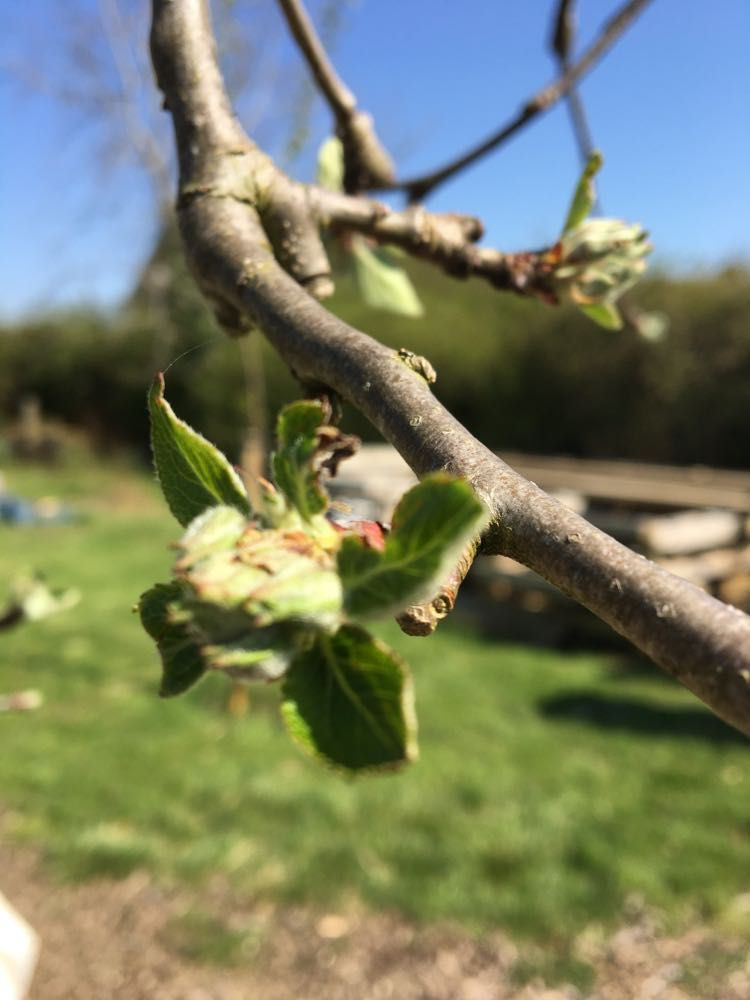The power of Imagination in every child's life.
- Pippa McKinnon

- May 11, 2020
- 3 min read
I saw a friends picture of her daughter playing with a cardboard box.
It made me reflect on my years working with children in outdoor settings and about encouraging imagination in play.
I want to share a few examples in this piece and share why I believe Imagination is a powerful tool for every children's well being.
So, I am starting this post using the blissful example of a simple cardboard box.
It can be a million things to a million children, a million and one if a child is given the space and freedom to imagine for themselves. For anyone who has seen this in action, you know first hand how incredible it is.

As adults, we can encourage children to connect to their creative thought processes by empowering them to access their own imagination. Key to this is creating an environment where they feel safe and inspired to share their ideas. This may seem small, yet they link to many processes in healthy child development.
When a child is ‘learning to learn’ through play, the brain is working in many incredible ways all at once. These ways involve developing skills in cognitive development, problem solving and creative thinking, all associated with the left side of the brain.
In cognitive terms, Imagination is defined as the brains ability to form ideas, use logic, explore creatively and resourcefully. But there is more! When a child uses their imagination, they are also working from a place of Creativity, and this sits on the right side of the brain, connected to traits and skills such as knowing, intuition, courage and openness.
As I see it, a combination of left brain and right brain working together (logic and creativity) creates a space where children can begin to developing their emotional intelligence, and this is a big deal. Emotional intelligence directly effects a child’s sense of well being and as we know; when well being levels are high, cognitive function is optimum. These are some of the many processes highlighting the importance of creating environments where children feel safe and inspired to share their ideas.
As a practitioner, I have experimented widely with open ended play environments.
An example is swapping preformed toys for naturally gathered resources. The context of this is often an outdoor play kitchen area. In the experiment I remove all one dimensional toy objects like vegetables, fruit, food, dustpan/brushes, plates, cups and cutlery and replace these with large containers of pine cones, sticks, branches, pebbles and other natural resources gathered from the woodland.
The ensuing scene of play and imagination is wonderful.
Of course I see confidence, engagement and focus, but what delights me more is that every child feels free and safe without prompting to access their imagination. Their play comes either directly from their own imagination or as they spark ideas from one another. Some of the busiest, happiest play sessions I have ever observed come to life when branches are used as floor sweepers, feathers are paintbrushes, shells, seeds and pods became food and meals are served on leaves for plates.

Interestingly, to me, the scene I describe above isn’t just play, imagination and understanding the world, it appears to be connection to nature. A remembering of the old ways, when feathers where writing implements and resources where gathered by season and place. This matters because it is an introduction to the wonders of nature and her resources. It is the start of the good road to learning that nature is to be treasured and respected. It helps every child begin to find their place in the web of life. But I digress to another post another time.
Undoubtedly, encouraging every child to develop and express their imagination is necessary. More than this, I believe actively empowering every child to create from their imagination is key. Far beyond our own imaginings, their child like imagination is both their birth rite and the pathway towards infinite possibility for their future.










Comments